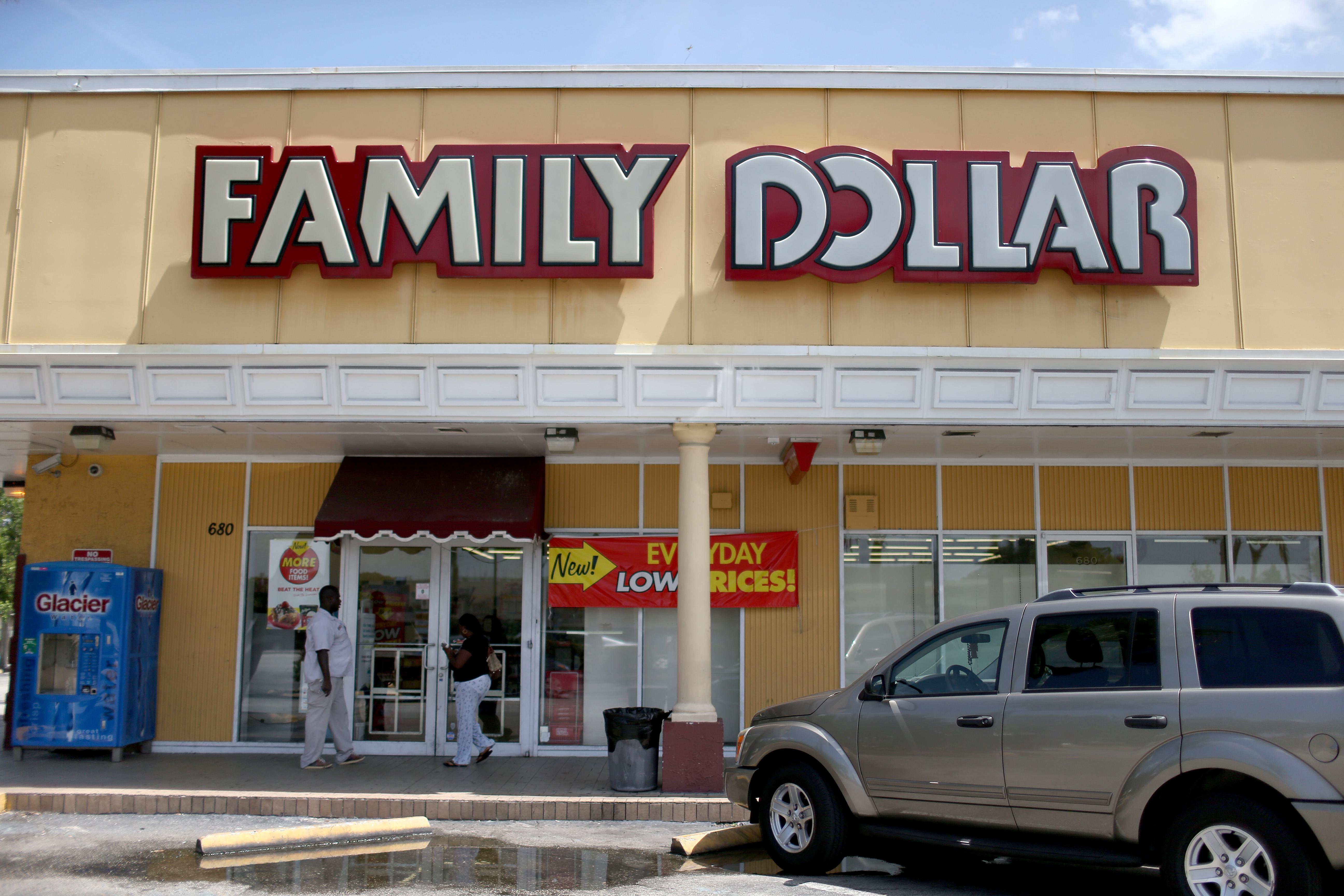Two of America’s biggest discount retailers merged into a 13,000-store chain on Monday when Dollar Tree said it was buying Family Dollar for some $8.5 billion. The deal is expected to help Dollar Tree better compete against companies like Walmart and Target, which have edged onto traditional dollar store turf with their huge inventories and low prices. What’s less clear is whether the merger will help with a more fundamental problem: how to bring low-income shoppers back to stores.
In the years since the recession, dollar stores have been through a boom and bust of their own. For a few years, an influx of cash-strapped consumers buoyed revenue at discount stores. Dollar General, Dollar Tree, and Family Dollar saw annual sales surge by as much as 10 percent as shoppers turned to them for toiletries and groceries. As the number of Americans using food stamps soared from 26 million pre-recession to 48 million in 2013, a significant chunk of those dollars found their way to dollar stores. More than 40 percent of dollar store customers depend on some type of government aid, according to research firm Morningstar.
Then the boom slowed—and for Family Dollar, it busted. In April, Family Dollar chief executive Howard Levine announced that the chain would be cutting prices, closing “approximately 370 underperforming stores,” and slowing new store openings as part of a comprehensive business review. When analysts asked about the impact of the government’s $8.6 billion cut to food-stamp spending on the company’s second-quarter earnings call, Levine demurred. “It’s difficult to quantify, but I would certainly tell you that it’s not a positive for our customers,” he said.
By the third quarter, however, comparable store sales had declined 1.8 percent and Levine’s tone changed. “It’s still pretty tough out there,” he told investors. “The low-end consumer has not benefited in this recovery at all. Unemployment trends remain high. The government cutbacks continue.” Translation: Things aren’t looking too good for our core consumer base, which means they aren’t looking great for us either.
Some feel that Family Dollar suffered disproportionately from a decline in low-income consumer spending because of its two-tiered pricing strategy—offering steep discounts on some items to raise prices above a dollar or two on others. Dollar Tree, which has fared notably better, sells everything for a buck or less. For the immediate future, though, Dollar Tree plans to keep Family Dollar as a separate brand. With jobs reports and other economic data finally looking up, the wait-and-see attitude makes sense—maybe Dollar Tree purchased its faltering rival just as its prospects were bottoming out.
